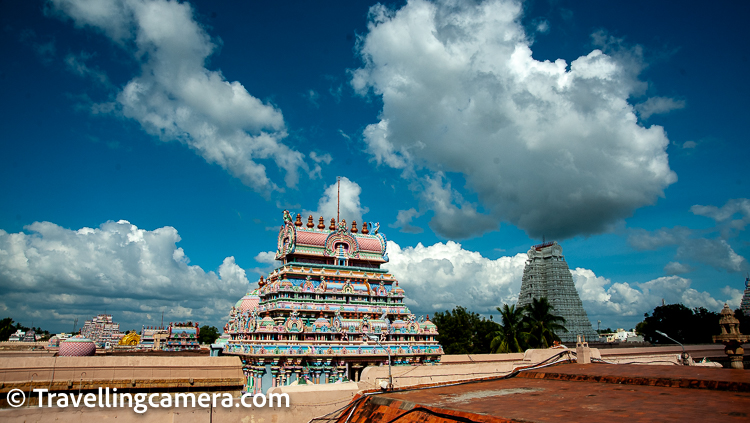
Ranganathaswamy temple is a popular Hindu temple located in Srirangam, Tamil Nadu. The temple is dedicated to Lord Ranganatha, a form of Lord Vishnu, and is one of the largest temple complexes in India. The temple is a must-visit destination for travelers interested in exploring the rich culture and heritage of Tamil Nadu.

The temple complex is spread over an area of 156 acres and comprises several sub-temples and shrines. The main temple is a masterpiece of Dravidian architecture and is believed to have been built during the 10th century. The temple is surrounded by a high boundary wall and has seven prakaras or enclosures.
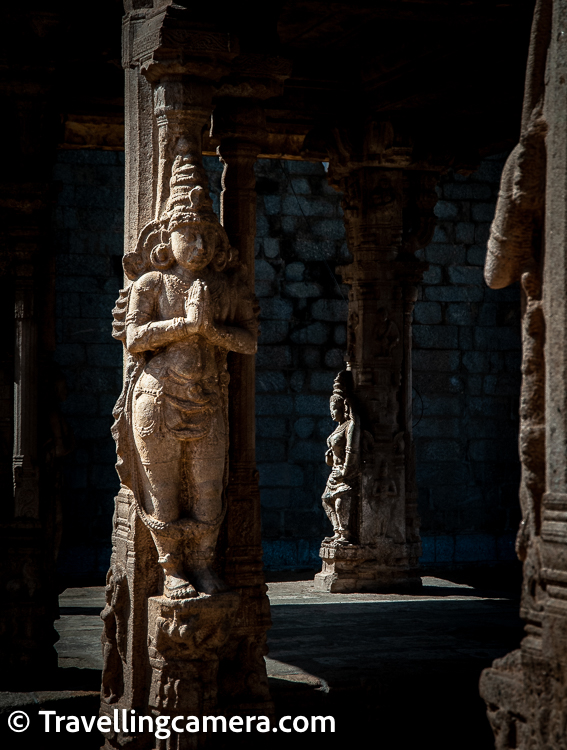
One of the most striking features of the temple is its massive gopurams or towers. The temple has 21 gopurams, the tallest of which is the Rajagopuram, which stands at a height of 236 feet. The gopurams are adorned with intricate carvings and sculptures that depict scenes from Hindu mythology.

The main deity of the temple is Lord Ranganatha, who is depicted in a reclining posture on the serpent Adisesha. The sanctum sanctorum is located in the innermost enclosure and is surrounded by several smaller shrines dedicated to other deities.
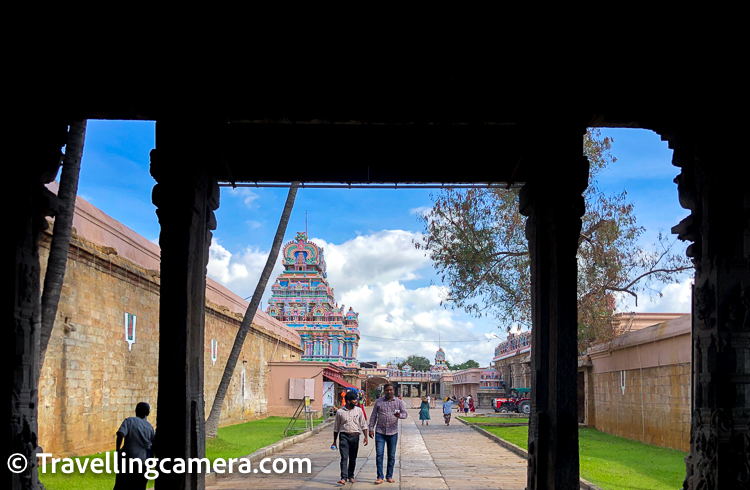
The temple complex also has several other attractions, including the Hall of 1000 pillars, which is a massive hall with intricately carved pillars, and the Golden Lily Tank, which is a sacred tank located within the temple complex.

The temple is a hub of activity throughout the year and attracts thousands of devotees and travelers from all over the world. The temple celebrates several festivals throughout the year, the most popular of which is the Vaikunta Ekadasi, which is celebrated in December-January.

Visitors are advised to dress modestly and follow the temple customs and traditions. The temple is open from early morning till late evening and offers a unique and unforgettable experience for travelers interested in exploring the rich cultural heritage of Tamil Nadu.

Visitors to Ranganathaswamy temple should follow certain customs and traditions to show respect for the temple and its deities. Here are some of the customs and traditions that visitors should follow when visiting the temple:
Dress code: Visitors should dress modestly and appropriately when visiting the temple. Men should wear dhotis or pants and shirts, while women should wear sarees or salwar kameez. Shorts, skirts, and sleeveless tops are not allowed inside the temple.
Footwear: Visitors are required to remove their footwear before entering the temple. The temple provides shoe stands where visitors can keep their footwear.
Photography: Photography is not allowed inside the temple. Visitors should refrain from taking pictures of the deities or any other sacred objects inside the temple.
Silence: Visitors should maintain silence inside the temple and refrain from talking loudly or making noise. The temple is a place of worship, and visitors should show respect for the devotees who come to pray.
Offerings: Visitors can make offerings of flowers, fruits, or prasad to the deities inside the temple. These offerings can be purchased from shops inside the temple complex.
Temple timings: Visitors should check the temple timings before visiting the temple. The temple is open from early morning till late evening, and there are specific timings for darshan or viewing of the deities.
Respect for the deities: Visitors should show respect for the deities inside the temple and should not touch them or climb on the platforms where they are placed.

The temple is a masterpiece of Dravidian architecture and is known for its intricate carvings, sculptures, and towering gopurams. The temple complex is spread over an area of 156 acres and comprises several sub-temples and shrines.
The main temple is located in the innermost enclosure and is surrounded by seven prakaras or enclosures. The temple has 21 gopurams or towers, the tallest of which is the Rajagopuram, which stands at a height of 236 feet. The gopurams are adorned with elaborate carvings and sculptures that depict scenes from Hindu mythology.
The main entrance of the temple is through the Rajagopuram, which is located on the eastern side of the temple complex. The Rajagopuram has 13 storeys and is adorned with beautiful carvings of gods, goddesses, and mythical creatures.
The temple's main deity is Lord Ranganatha, who is depicted in a reclining posture on the serpent Adisesha. The sanctum sanctorum is located in the innermost enclosure and is surrounded by several smaller shrines dedicated to other deities.
The temple also has several other attractions, including the Hall of 1000 pillars, which is a massive hall with intricately carved pillars. The hall is located in the second enclosure and is believed to have been built during the Vijayanagara period.
The temple's architecture and design incorporate several aspects of Hindu mythology and symbolism. The temple's layout is based on the traditional Hindu belief that the universe is divided into three worlds - heaven, earth, and the underworld. The temple's seven prakaras or enclosures represent the seven worlds of Hindu mythology.
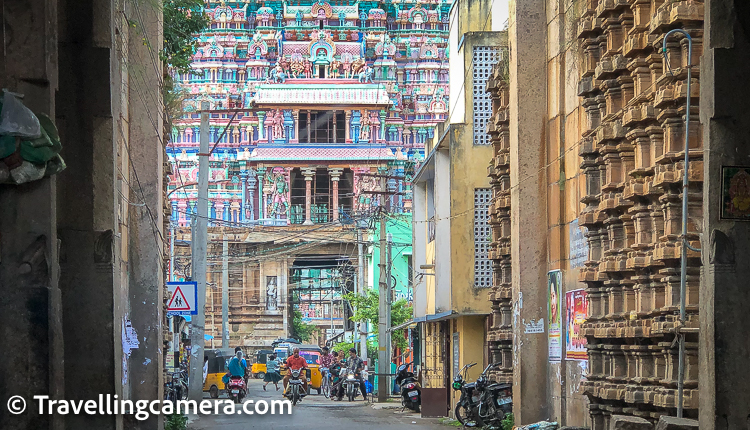
There are several places to explore around Ranganathaswamy Temple in Srirangam, Tamil Nadu. Here are some of the popular tourist attractions near the temple:
Rock Fort Temple: This is a popular temple located in the city of Tiruchirappalli, around 10 km from Srirangam. The temple is located on a rocky outcrop and offers stunning views of the surrounding landscape.
Samayapuram Mariamman Temple: This is a popular temple dedicated to the goddess Mariamman, located around 20 km from Srirangam. The temple is known for its elaborate architecture and is a popular destination for devotees of the goddess.
Mukkombu: This is a popular picnic spot located around 10 km from Srirangam. The spot is known for its scenic beauty and is a popular destination for families and tourists.
Puliyancholai Waterfalls: This is a popular waterfall located around 35 km from Srirangam. The waterfall is surrounded by dense forests and offers a serene and peaceful environment.
Grand Anicut: This is an ancient dam located on the Kaveri river, around 25 km from Srirangam. The dam is believed to have been built during the Chola dynasty and is a popular tourist destination.
Kallanai Dam: This is an ancient dam located on the Kaveri river, around 35 km from Srirangam. The dam is believed to be over 2000 years old and is a popular destination for tourists interested in exploring India's ancient engineering marvels.
Ranganathaswamy temple is a fascinating destination that offers a glimpse into the rich cultural heritage of Tamil Nadu. The temple's stunning architecture, intricate carvings, and spiritual significance make it a must-visit destination for travelers interested in exploring India's rich cultural heritage.
Visitors to the temple can experience the temple's serene atmosphere, witness the devotees' religious rituals and customs, and marvel at the temple's intricate design and architecture. By following the customs and traditions of the temple, visitors can show respect for the temple and its deities and have a memorable and meaningful visit to Ranganathaswamy temple.
The temple's spiritual significance and cultural heritage make it a fascinating destination for travelers interested in exploring India's rich history and culture. A visit to Ranganathaswamy temple is a unique and unforgettable experience that offers a glimpse into the spiritual and cultural traditions of Tamil Nadu.


 Delhi to Bhopal Road Trip - The very first day of our 14 days long trip through east coast of India || Noida to Rameshwaram
Delhi to Bhopal Road Trip - The very first day of our 14 days long trip through east coast of India || Noida to Rameshwaram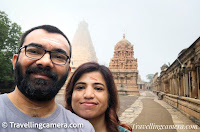 The Majestic Brihadeeshwara Temple: A Glimpse into the Architectural Brilliance of Thanjavur in Tamilnadu, India
The Majestic Brihadeeshwara Temple: A Glimpse into the Architectural Brilliance of Thanjavur in Tamilnadu, India Unlocking the Treasures of Saraswati Mahal Library in Thanjavur, Tamilnadu || Exploring India's oldest and most fascinating collection of manuscripts
Unlocking the Treasures of Saraswati Mahal Library in Thanjavur, Tamilnadu || Exploring India's oldest and most fascinating collection of manuscripts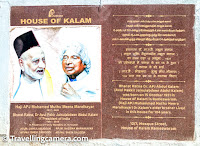 Exploring the Legacy of Dr. APJ Abdul Kalam at House of Kalam: A Journey through His Life and Achievements
Exploring the Legacy of Dr. APJ Abdul Kalam at House of Kalam: A Journey through His Life and Achievements Hotel Gokulam and Golden Minerva Coffee Cafe in Madanapalle, Andhra Pradesh, India || The town that provided us great food and a comfortable night stay
Hotel Gokulam and Golden Minerva Coffee Cafe in Madanapalle, Andhra Pradesh, India || The town that provided us great food and a comfortable night stay Exploring the Architectural Marvels and Historical Significance of Arulmigu Ramanathaswamy Temple in Rameshwaram, Tamilnadu : A Spiritual Journey Through Time
Exploring the Architectural Marvels and Historical Significance of Arulmigu Ramanathaswamy Temple in Rameshwaram, Tamilnadu : A Spiritual Journey Through Time Embracing the Serenity of Sunrise: Exploring Dhanushkodi in the Early Hours of the Morning | Tamilnadu Diaries
Embracing the Serenity of Sunrise: Exploring Dhanushkodi in the Early Hours of the Morning | Tamilnadu Diaries













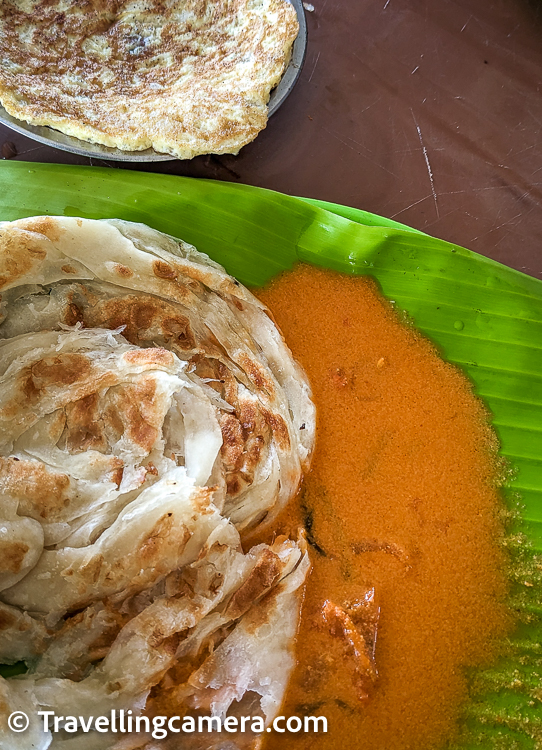
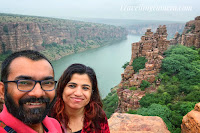

%20to%20see%20the%20Danish%20fort%20in%20Tamilnadu%20state%20of%20India-3.jpg)

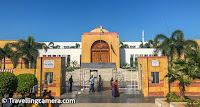








.jpg)
Comments